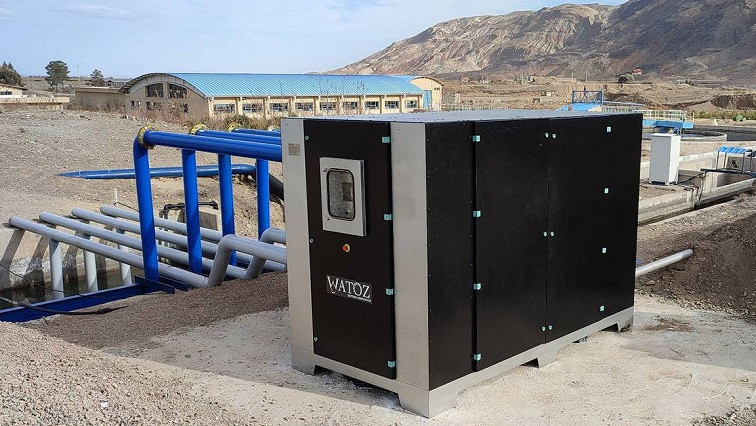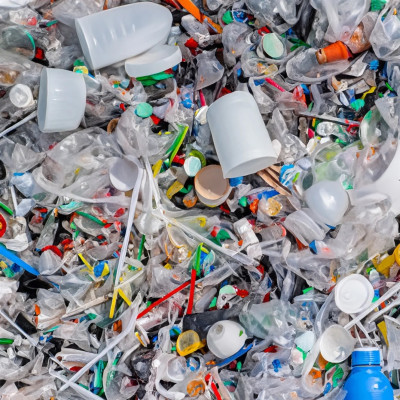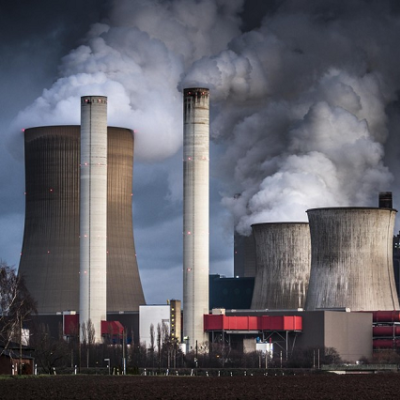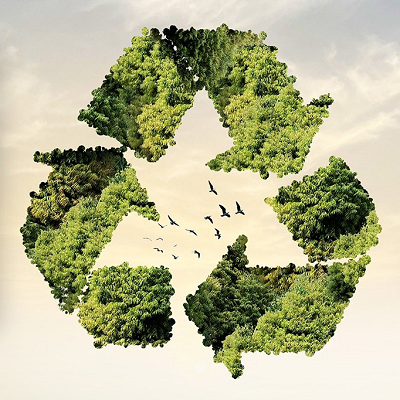The water treatment industry is constantly being updated, and the use of traditional methods and chemicals such as chlorine for water treatment has become less common in recent decades. Instead, ozone gas is used due to its microbicidal properties, fewer byproducts, and conversion to oxygen during the process. However, the use of ozone also has some limitations. If its concentration exceeds permissible levels, it can cause respiratory problems.
Because the current common water treatment methods raises sustainability, safety and cost concerns, a team of scientists at various institutes affiliated with the University of Arizona recently examined the opportunities to improve water treatment through nanobubble technology.
In the new technology, instead of injecting ozone directly into the water, the gas is trapped in nanometer-sized bubbles (less than 200 nanometers). This reduces the consumption of ozone and maintains its microbicidal and algae-removing properties. The core of this technology is a device that can produce nanometer-sized air or gas bubbles. These bubbles are so small that instead of rising to the top and escaping from the liquid, they remain in the water for a long time at a high concentration.
Using this method for wastewater treatment results in more than a 40% reduction in electricity consumption (by eliminating air blowers in the treatment process), over 30% increase in wastewater treatment efficiency, and a 20% reduction in the costs of procuring equipment. The use of this method for drinking water treatment, in addition to reducing water treatment costs, leads to a 60% reduction in ozone gas usage, reduced chlorine usage, reduced pathogens, reduced algae and their toxins, and eliminates unpleasant odors and tastes in water.
The phenomenon of algal bloom is one of the most significant factors contributing to the deterioration of water quality in lakes and reservoirs. The discharge of municipal, industrial, and agricultural wastewater into water reservoirs provides the necessary nutrients for algal growth, especially phosphorus. This sudden increase in algal population is commonly referred to as an algal bloom.
As a result of this phenomenon, some organic compounds are produced by algae in water, the most important of which are Geosmin and Methyl-Isoborneol (MIB), which give the water a musty and moldy taste. Conventional ozonation techniques, predominantly employing ejectors and diffusers, exhibit poor efficiency, leading to substantial wastage of ozone gas and subsequent adverse environmental effects.
Moleaer Inc. located in Los Angeles, is the global leader in nanobubble technology that has deployed more than 2,500 nanobubble generator installations in more than 55 countries. Nano Bubble Energy (NBE), located in Tehran, is another technology provider in this realm that recently its nanobubble technology has been used to remove the odor and taste of drinking water in the Iranian city of Saveh, resulting in the removal of more than 90% of the odor and taste of the city's drinking water.
The Saveh drinking water treatment plant is located 20 kilometers from the city and downstream of the Al-Ghadir Dam. With a capacity of 575 liters per second (50,000 cubic meters per day), this treatment plant supplies part of the drinking water needs of the 250,000 population of Saveh, and the nanobubble system used in the city's treatment plant has a daily treatment capacity of 45,000 cubic meters.







